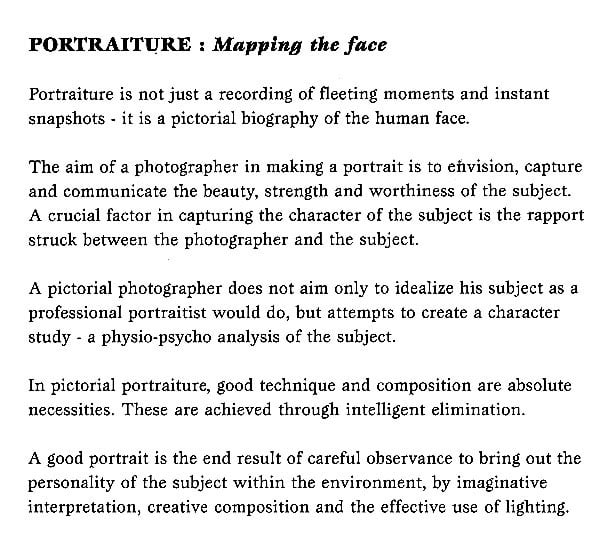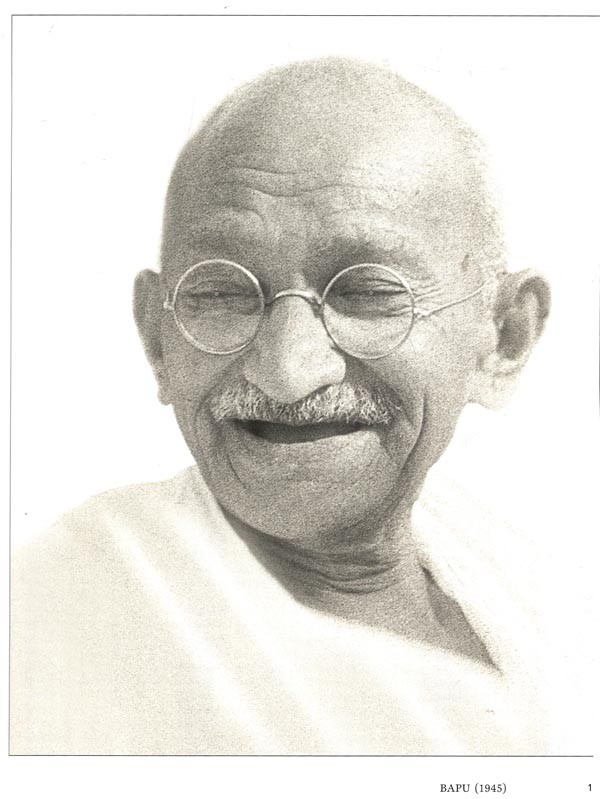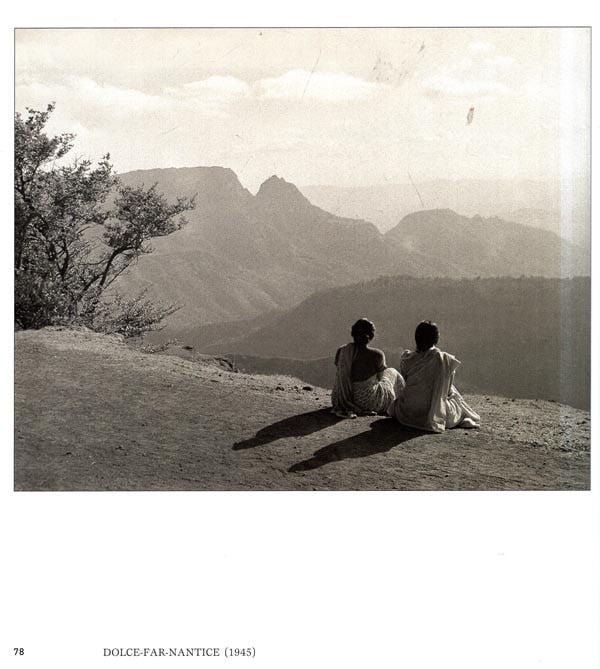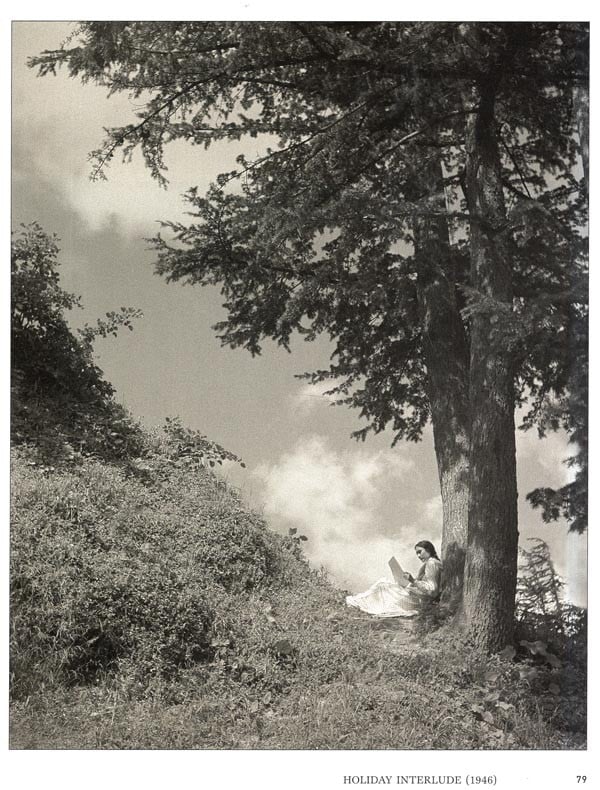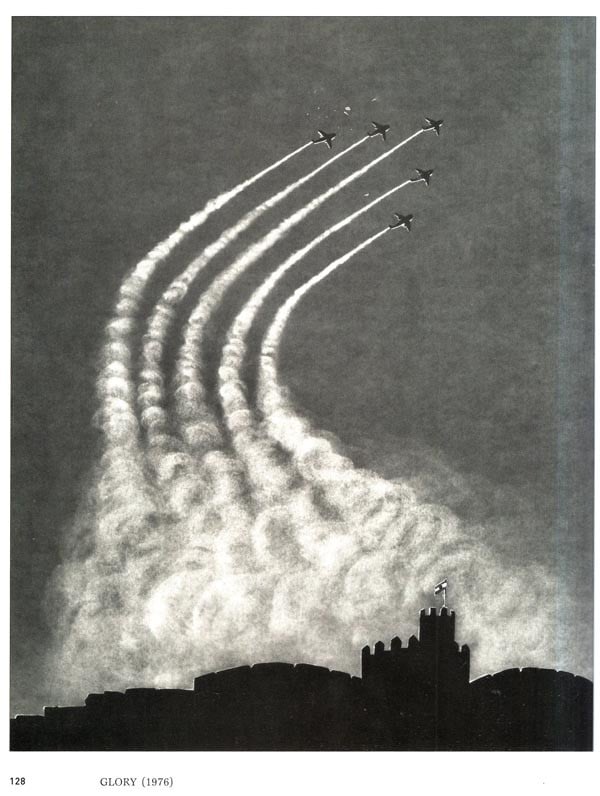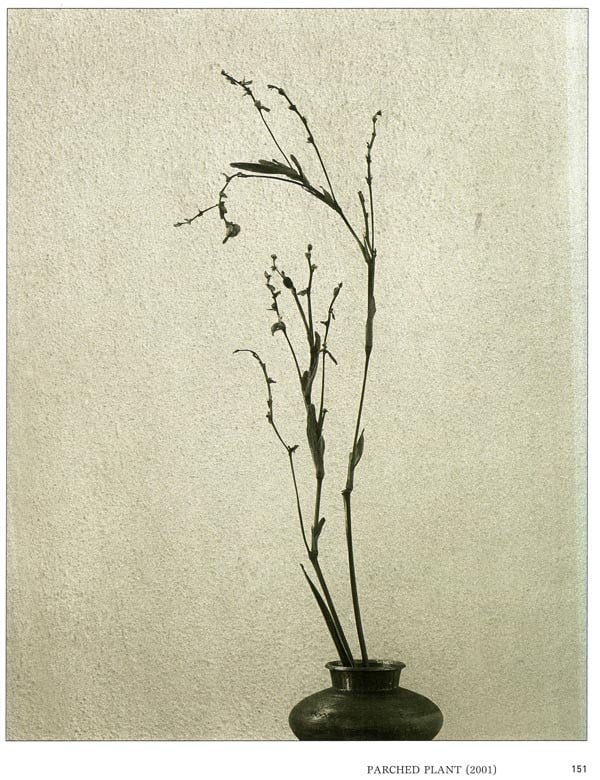
Silver Memories
Book Specification
| Item Code: | UAC717 |
| Author: | K. G. Maheshwari |
| Publisher: | IIRNS Publications Pvt. Ltd |
| Language: | English |
| Edition: | 2004 |
| ISBN: | 9788186786192 |
| Pages: | 172 (Throughout B/W Illustrations) |
| Cover: | HARDCOVER |
| Other Details | 11.00 X 8.50 inch |
| Weight | 920 gm |
Book Description
As I gazed at Shri Maheshwari's striking group of pictorial photographs, my thoughts went back to many years ago when I was a member of the now famous group of olden days, known as the Camera Pictorialists of Bombay, founded by the father of Indian Pictorial Photography, the late Jehangir Unwalla. I also remembered how this small group of ours met regularly at the Continental Photo Stores of which the proprietor, the late Nagindas Nalawalla, was one of the most active and helpful members - himself a pictorialist of a high order. There was Farosh Ratnagar whose landscapes were things of beauty and Sam Khambatta who often worked in bromoils and myself and two or three others. I also remember how we would all eagerly await the arrival of the 'Amateur Photography' or the 'Camera', the two leading journals on pictorial photography of our times.
Shri Maheshwari's work is what we now call 'straight' photography, though he also at times resorted to certain devices to achieve certain effects. In our days, few of us were experimenters.
As a pictorialist, Shri Maheshwari has covered a wide range of subjects and all with the same enviable talent which we call "the true seeing eye" for how else could the forbidding boulders strewn around Hyderabad turn into such dramatic studies. And from delightfully charming child studies, we are taken to wizened faces that tell their own story. They reveal the marked talent of the creator of these portraits. Shri Maheshwari was eclectic in his pursuit of pictorial beauty. From seagulls and striking human faces and children with all the charm of their innocence, he turns to some cleverly designed still life studies which used to so attract some of the famed impressionist painters of Europe in the last century and the early years of the present century.
From his fine portraits and other studies, we turn to very sensitive landscapes of marked simplicity and sometimes with an almost eerie atmosphere such as 'Home at Last'. It is not the method that matters but the result as with a great deal of pictorial work in the world today. In contrast to 'Home at Last', are the dramatic domes against a crescent moon and the minars rising into the incoming night a truly fine pictorialisation of architecture of a bygone age. And then again there are situations which appear to have fascinated Shri Maheshwari which most people would have passed by without even noticing - a pair of lonely shoes, a solitary figure walking in the rain, a girl gazing out of the window onto nothing and again a solitary figure sitting on a chair.
Absolutely splendid is the African lioness stretching her body. This study must surely arouse the envy of every naturalist. But it is not only the subject matter of the study which arouses interest. There is a rhythmic design in the manner in which the body of the lioness fills the picture space. In contrast, there are the two little white bunnies set against a high-key background, which is largely instrumental in giving this study its charm.
Amongst the portrait studies, there are some extraordinary characterisations of high pictorial quality in the wizened faces of old folks from the hill regions of India. There is also a portrait of outstanding national interest in Shri Maheshwari's collection of portraits and that is of none other than the great Mahatma Gandhi, perhaps, the finest portrait ever taken of him with a slight smile on his face. This portrait is indeed, apart from its excellent pictorial quality, in the nature of a national treasure.
Not only are there studies of wizened faces of the hill folks but also some very attractive characterisations of younger members of the dwellers of the hills and all beautifully modeled and almost sculpturesque in their effect. Some of the charming child studies are really in the nature of a pictorial album of the members of the Maheshwari family.
Several of Shri Maheshwari's pictorial portrait studies, particularly of the young children and of Mahatmaji himself, are in a tonality that we refer to as 'high-key' studies with an almost whitish background, which tends to emphasize the portrait itself. Yet, equally effective is the face of a young girl looming out from a much darker background with her black sweater, her black hair and her big black eyes, who incidentally is Shri Maheshwari's granddaughter.
The simplicity of some of Shri Maheshwari's landscape studies is no doubt intentional for it is this very simplicity which creates an emotional response captured remarkably well in 'the solitary watch' where a barren tree is seen against the gathering monsoon clouds and a lonely crow sits on a bare branch. Excellence in pictorial photography cannot be attained merely by the beauty of the subject or the opportunity of the moment. The true pictorialist is always conscious of the compositional aspects of his creation. Here the barren tree with its branches crossing almost diagonally over an empty space makes indeed a cleverly composed pictorial study which at the same time captures the mood of the scene.
Similarly in its simplicity, but very different in mood, is the solitary plant rising out of the ripples of the river insignificant against the vast spreading waters of the stream. It appears almost pathetic and yet it is the focal point of this simple composition of quiet beauty, even if slightly tinged with sadness.
The collection however is not wanting in dramatic landscapes as in the departing clouds of the last days of the monsoon set against the almost weird branches of a tall lonely tree standing out boldly against the still and darkening landscape at sunset. The solitary tree almost seems to signify its triumph over the earlier onslaughts of the rains.
It is not enough in pictorial photography to merely capture the attractiveness of a particular scene. It is equally necessary to capture the emotion of the moment and that is what Shri Maheshwari has successfully done in his pictorial studies.
The studies of the flying seagulls have a particular attraction. While it is true that their movements in flight are things of beauty in themselves, it nevertheless requires much skill to compose these movements into attractive photographic studies as Shri Maheshwari has successfully done in studies of seagulls, seen in flight either swooping downwards or wading in shallow water to fish for food. A significant feature of these compositions is the manner in which the pictorialist has waited for the right moment to capture the beauty of the outspread wings at the same time thereby creating compositions of unusual symmetry.
A pictorial study that has a particular appeal is the one of the dunes of Rajasthan with just a small plant against the immensity of the ever stretching endless waves of sand depicted with quite extraordinary ability. They remind me of the lonely villager walking homewards over those dunes 'with miles and miles to go before he sleeps'. What is particularly remarkable about this study is that in the small compass of the photograph, the immensity of the dunes has been conveyed.
How the true camera pictorialist can find material of excellence for his work even in the most common-place environment is demonstrated by two striking studies - one of chimneys of the cement works and the other of a power house. In one study smoke rises dramatically into the sky while in the other all is silent and deserted at sunset.
Many of Shri Maheshwari's fine pictorial studies have been exhibited all over the country and several of them, very deservedly, have been awarded high honours. His work has also been exhibited outside the country, namely, Australia, USA, UK, China and some of them were included in a group of the work of Indian Camera Pictorialists which went to Denmark. Like all true pictorialists, Shri Maheshwari's work from the moment of taking a picture to its final stage as a pictorial creation, is entirely his own.
I am indeed happy to write this foreword not only because it brings back to me the memories of my days as a Camera Pictorialist but also, because it gives me joy to see that pictorial photography today has reached a standard of high excellence and beauty so evident in the reproductions of the studies seen herein.
